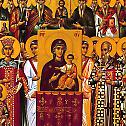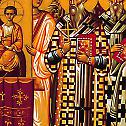Culture
Monk Gregory Krug, a prophet of the uncreated beauty
8. May 2019 - 11:26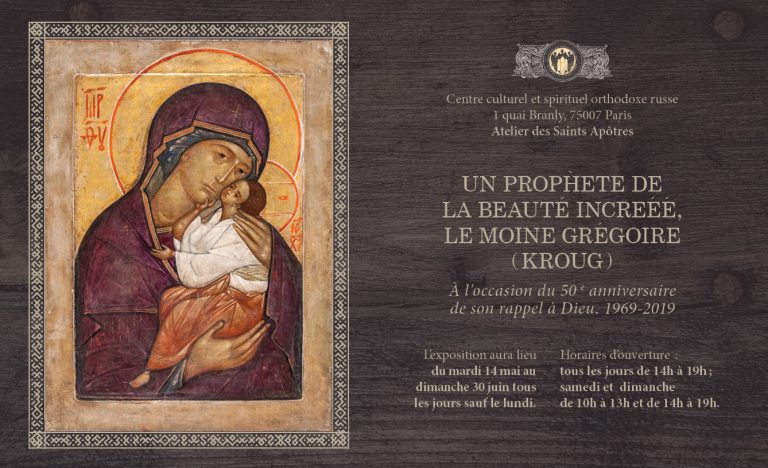 Exhibition organized May 14-June 30, 2019, at the Russian Orthodox Cultural and Spiritual Center, 1 quai Branly, Paris (7ème arrondissement), on the occasion of the 50th anniversary of the repose of the famous monk iconographer.
Exhibition organized May 14-June 30, 2019, at the Russian Orthodox Cultural and Spiritual Center, 1 quai Branly, Paris (7ème arrondissement), on the occasion of the 50th anniversary of the repose of the famous monk iconographer.
It is the first exhibition devoted to the work of George Krug, this painter who emigrated from Russia. He became a monk just after the war under the name of Gregory, and lived for more than twenty years at the hermitage of the Holy Spirit, in the solitude of the forest of Rambouillet. Leonid Ouspensky’s friend and helper since their meeting in 1931, he took an equal part in the return to traditional iconography. Through the depth of his inspiration and his exceptional artistic talent, he was the spiritual indicator for this move back to tradition.
„Christ is Risen! – Indeed He is Risen!” in different languages
29. April 2019 - 15:57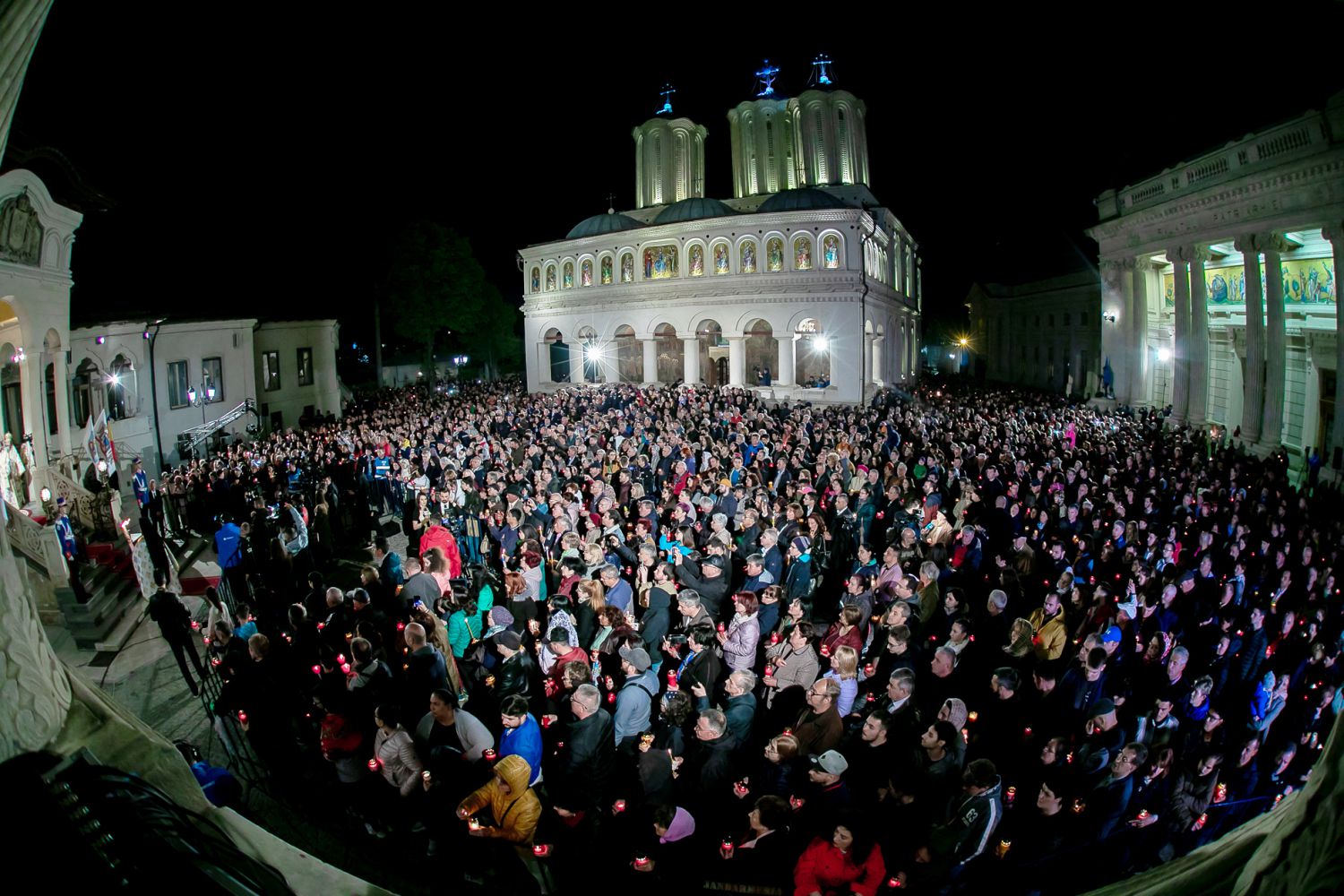 From Easter to Ascension, Orthodox Christians salute when they meet the so-called “Christ Risen!” and respond with “Christ Risen.”
From Easter to Ascension, Orthodox Christians salute when they meet the so-called “Christ Risen!” and respond with “Christ Risen.”
We invite you to read this paschal greeting in several languages of the world:
40th Anniversary since the Blessed Repose in the Lord of St. Justin (1979 - 2019)
7. April 2019 - 10:16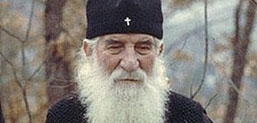
 In Christianity truth is not a philosophical concept nor is it a theory, a teaching, or a system, but rather, it is the living theanthropic hypostasis—the historical Jesus Christ (John 14:6).
In Christianity truth is not a philosophical concept nor is it a theory, a teaching, or a system, but rather, it is the living theanthropic hypostasis—the historical Jesus Christ (John 14:6).
Before Christ men could only conjecture about the Truth since they did not possess it. With Christ as the incarnate divine Logos the eternally complete divine Truth enters into the world. For this reason the Gospel says: “Truth came by Jesus Christ” (John 1:17).
Book representation: The Great War 1914 – 191
27. March 2019 - 15:49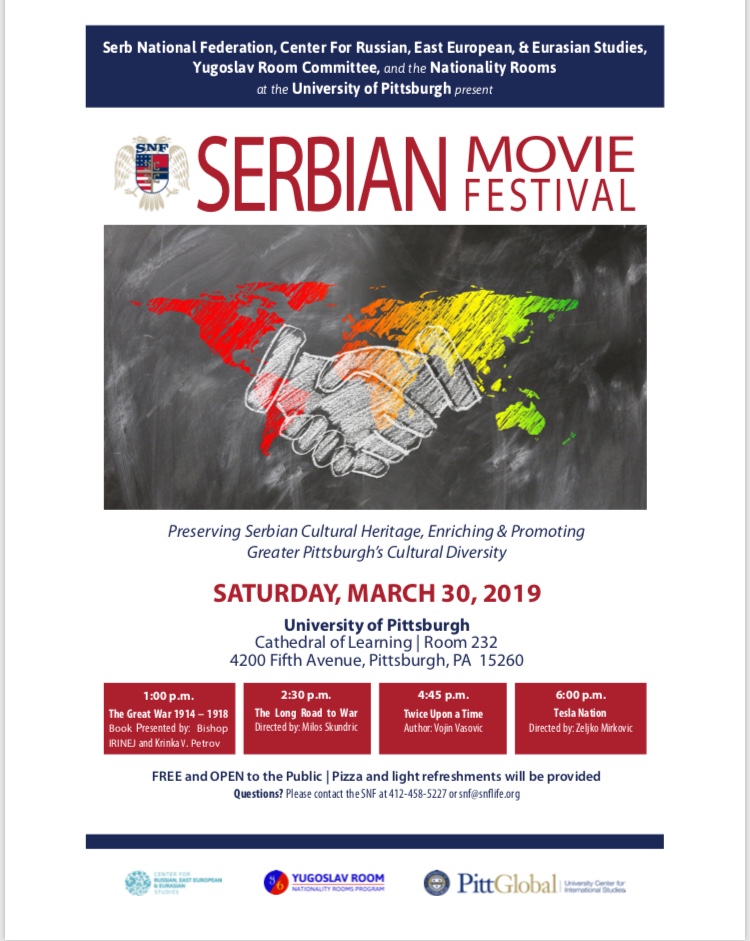 A commemorative anthology, The Great War 1914 – 1918: The Kingdom of Serbia, the United States of America and the Serbian American Diaspora will be presented within the framework of the Serbian Movie Festival by His Grace Bishop IRINEJ of Eastern America and Dr. Krinka Vidakovic Petrov, Scholar and Editor, on SATURDAY, MARCH 30, 2019, beginning at 1:00 PM, at the University of Pittsburgh, Cathedral of Learning Room 232, at 4200 Fifth Avenue, Pittsburgh, PA 15260.
A commemorative anthology, The Great War 1914 – 1918: The Kingdom of Serbia, the United States of America and the Serbian American Diaspora will be presented within the framework of the Serbian Movie Festival by His Grace Bishop IRINEJ of Eastern America and Dr. Krinka Vidakovic Petrov, Scholar and Editor, on SATURDAY, MARCH 30, 2019, beginning at 1:00 PM, at the University of Pittsburgh, Cathedral of Learning Room 232, at 4200 Fifth Avenue, Pittsburgh, PA 15260.
The book is dedicated to the Great War, an event that shook the world one hundred years ago. Within this vast historical frame-work, this book focuses on the relationship between two Allies—the Kingdom of Serbia and the United States of America, including the role of the Serbian American Diaspora. The chapters in this book deal with general issues regarding Serbia’s role in the Great War, beginning with the event that would trigger the war and put the small town of Sarajevo on the world map. This book offers a wealth of information as well as a fascinating narrative of the human urge to resist, survive, and be free to live and love.
Sunday of Orthodoxy
16. March 2019 - 17:11The Sunday of Orthodoxy is the first Sunday of Great Lent.
The dominant theme of this Sunday since 843 has been that of the victory of the icons. In that year the iconoclastic controversy, which had raged on and off since 726, was finally laid to rest, and icons and their veneration were restored on the first Sunday in Lent. Ever since, this Sunday has been commemorated as the "Triumph of Orthodoxy."
The Great Canon of St. Andrew of Crete. Monday of the First Week
11. March 2019 - 10:55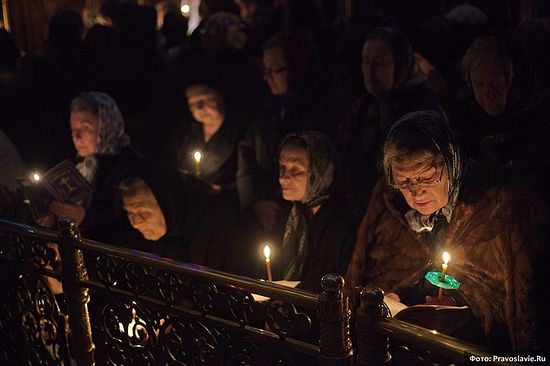 On Monday of the First Week of Lent, during Great Compline, after Psalm 69, the Canon is sung. The Eirmosi are sung twice, at the beginning and end of each Song. Before each Troparion we make the sign of the Cross and bow three times.
On Monday of the First Week of Lent, during Great Compline, after Psalm 69, the Canon is sung. The Eirmosi are sung twice, at the beginning and end of each Song. Before each Troparion we make the sign of the Cross and bow three times.
Ode 1 Tone 6
Eirmos: He is my Helper and Protector, and has become my salvation. This is my God and I will glorify Him. My father's God and I will exalt Him. For gloriously has He been glorified. (Exodus 15:2,1; Psalm 117:

